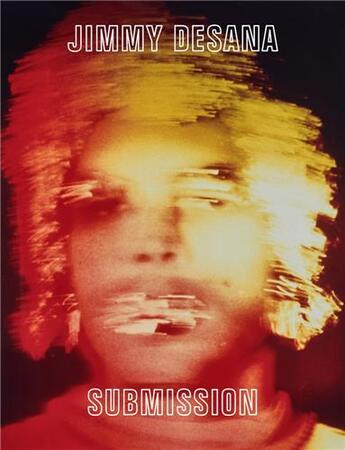-
Date de parution : 22/11/2022
-
Editeur :
Dap Artbook
-
EAN : 9781636810591
-
Série :
(-)
-
Support :
Papier
Résumé:
The first comprehensive book on the surreal, queer and humorous photographic art of Jimmy DeSana, a central figure in New York's art and music scenes of the 1970s and '80s.
This is the first overview of the work of Jimmy DeSana, a pioneering yet underrecognized figure in New York's downtown... Voir plus
The first comprehensive book on the surreal, queer and humorous photographic art of Jimmy DeSana, a central figure in New York's art and music scenes of the 1970s and '80s.
This is the first overview of the work of Jimmy DeSana, a pioneering yet underrecognized figure in New York's downtown art, music and film scenes during the 1970s and 1980s. The book situates DeSana's work and life within the countercultural and queer contexts in the American South as well as New York, through his involvement in mail art, punk and No Wave music and film, and artist collectives and publications.
DeSana's first major project was 101 Nudes, made in Atlanta during the city's gay liberation movement. After moving to New York in 1973, DeSana became immersed in queer networks, collaborating with General Idea and Ray Johnson on zines and mail art, and documenting the genderqueer street performances of Stephen Varble.
By the mid-1970s, DeSana was a fixture in New York's No Wave music and film scenes, serving as portraitist for much of the period's central figures and producing album covers for Talking Heads, James Chance and others. His book Submission, made with William S. Burroughs, humorously staged scenes out of a S&M manual that explored the body as object and the performance of desire. DeSana was also an early adopter of color photography, creating his best-known series, Suburban, in the late 1970s and early 1980s. This body of work explores relationships between gender, sexuality and consumer capitalism in often humorous, surreal ways. After DeSana became sick as a result of contracting HIV, he turned to abstraction, using experimental photographic techniques to continue to push against photographic norms.
Donner votre avis














